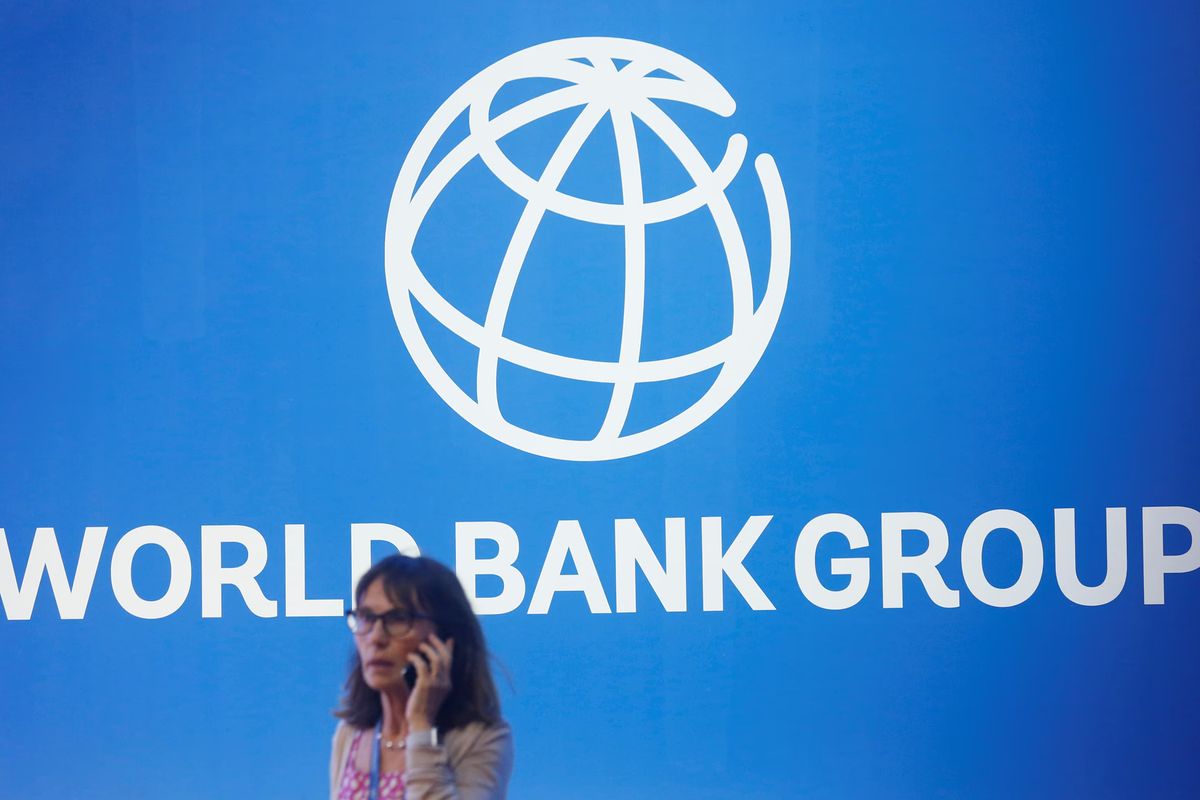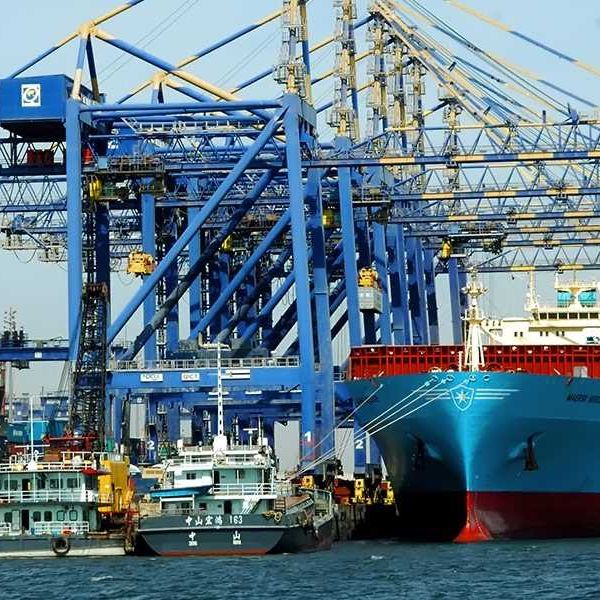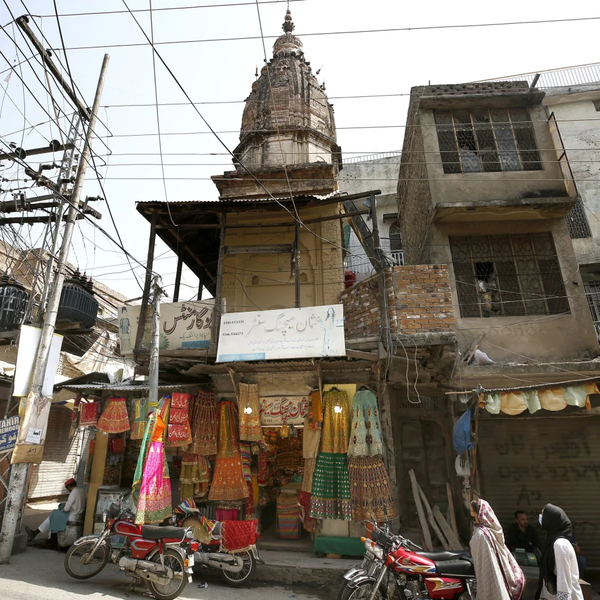World Bank cuts Pakistan’s growth forecast to 2.6% amid flood damage, inflation risks
The Bank warns that catastrophic floods and supply disruptions will weigh on agriculture and prices

Haris Zamir
Business Editor
Experience of almost 33 years where started the journey of financial journalism from Business Recorder in 1992. From 2006 onwards attached with Television Media worked at Sun Tv, Dawn Tv, Geo Tv and Dunya Tv. During the period also worked as a stringer for Bloomberg for seven years and Dow Jones for five years. Also wrote articles for several highly acclaimed periodicals like the Newsline, Pakistan Gulf Economist and Money Matters (The News publications)

The World Bank has trimmed Pakistan’s economic growth forecast for the fiscal year 2025-26 to 2.6%, a 0.5 percentage point cut from its earlier projection of 3.1% in June, citing catastrophic floods and growing inflationary pressures.
In its latest regional report titled “Middle East, North Africa, Afghanistan, and Pakistan (MENAAP) Economic Update: Jobs and Women—Untapped Talent, Unrealized Growth,” the Bank said severe flooding has disrupted the food supply chain and damaged agricultural output, particularly in Punjab, where early estimates point to at least a 10% drop in production.
Key crops affected include rice, sugarcane, cotton, wheat, and maize.
The World Bank warned that the disruption is expected to fuel a rise in inflation through 2027, despite a recent decline in price pressures.
Pakistan’s inflation rate fell to single digits in fiscal year 2024-25, thanks to easing food and energy prices.
Looking ahead, the Bank projects economic growth to recover to 3.4% in FY2026-27, supported by improved agricultural performance, declining inflation and interest rates, and a rebound in private consumption and investment.
In FY 2024-25, real GDP growth is estimated at 2.7%, a slight improvement over the previous fiscal year’s 2.5%, the report said.
The World Bank also highlighted the potential for long-term economic gains from recently approved structural reforms. A five-year tariff reform plan (2025-30) aims to reduce Pakistan’s historically high and complex tariff structure by half, an initiative the Bank says could boost exports and overall economic growth.
The report further noted that eliminating barriers to female labor force participation could provide significant economic gains for Pakistan, Egypt, and Jordan. In Pakistan’s case, removing such barriers could raise GDP per capita by 20% to 30%, among the highest potential improvements globally.
Regionally, the MENAAP outlook shows signs of recovery, with GDP expected to grow by 2.8% in 2025 and 3.3% in 2026. However, Pakistan’s vulnerability to climate shocks and external economic pressures remains a concern.
The country is projected to face a 1.5% decline in global exports, according to the report.
Tunisia is also expected to experience a 0.5% drop.
Despite improvements in poverty levels between 2011 and 2018—when poverty at the lower-middle-income line dropped by 9.4 percentage points—the Bank noted that economic shocks and natural disasters since 2020 have likely stalled progress.
Pakistan continues to account for a significant portion of the region’s poor due to its large population and high poverty rate. Pakistan also maintains one of the highest fertility rates in the region, at 3.5%, though the World Bank expects this to fall below the replacement level within a generation, following demographic trends seen in neighboring countries.










Comments
See what people are discussing